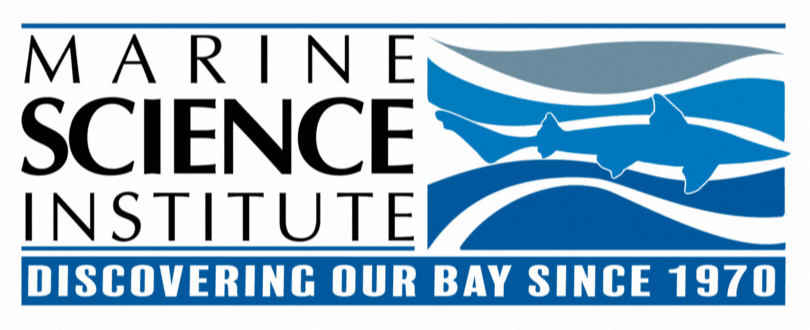
DISCOVERY VOYAGE BIOMIMICRY
Monday - Saturday
50 minute classroom visit
4 hours on ship
Grades 5 and up
Max 30 students
NGSS Connections (Science Content Standards Set by CA Sate Education Board for Public Schools)
Biomimicry Pricing
September - February Pricing:
$1,850 - 3,000* per trip for up to 45 students.
March - August Pricing:
$2,050 - 3,000* per trip for up to 45 students.
$210 per classroom visit for up to 30 students plus $1.25/mile mileage fee.
$50 Fuel surcharge per trip.
*Sliding scale available depending on need.
All school programs are automatically subsidized. Our development team works hard to secure funds for teachers. If you need additional financial assistance please contact us. We may be able to offer extra scholarships.
Click here to start the additional sponsorship process.
Forms and Information
Teacher Information and Guidelines
Inland Voyage: Parking and Set-up form
Biomimicry is the practice of taking inspiration from nature to create solutions to meet human needs in a sustainable way. MSI offers 2 programs (in-classroom or aboard our 90' research vessel) that introduce this concept and encourage students to apply it in critical thinking, problem solving, and design. Through hands-on observation of live animals, students learn how to identify and analyze adaptations that can be mimicked to solve human challenges.
The Discovery Voyage Biomimicry Program includes an in-class introductory visit and a voyage aboard Marine Science Institute’s research vessel. In the classroom students are introduced to biomimicry and practice identifying adaptations and functions by interacting with live animals. During the 4 hour voyage students find inspiration by studying the plankton, invertebrates, and fishes using scientific methods and tools.
The culmination of this program is a final design challenge. This challenge requires students to apply their knowledge of adaptations to creating sustainable solutions for an imaginary research station. They design elements that address mobility, energy, waste management, and other requirements. The students’ final designs are completed in small teams, and presented to the class.
